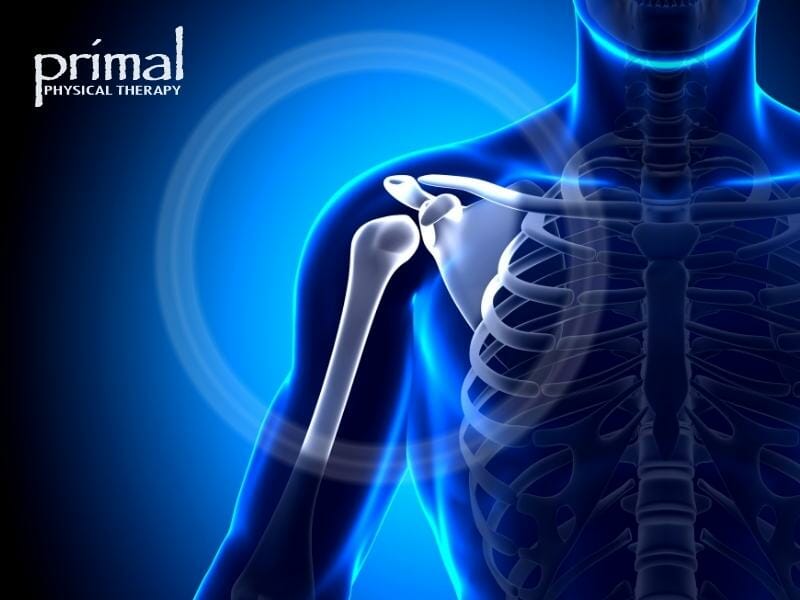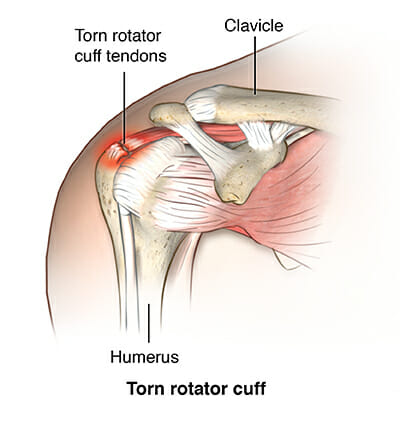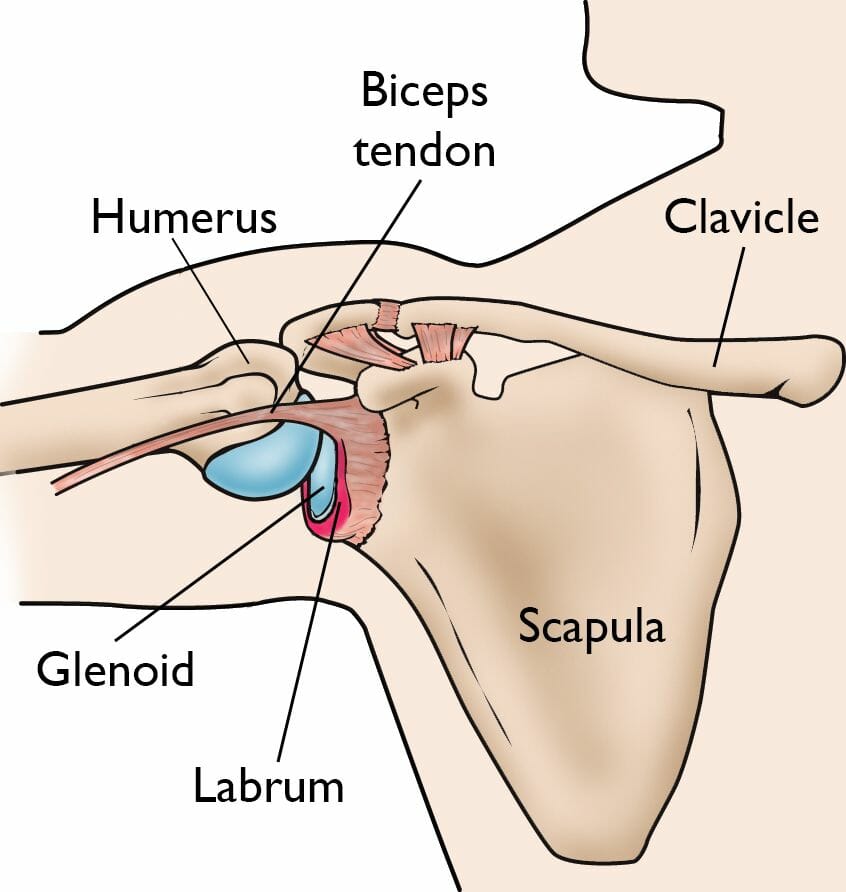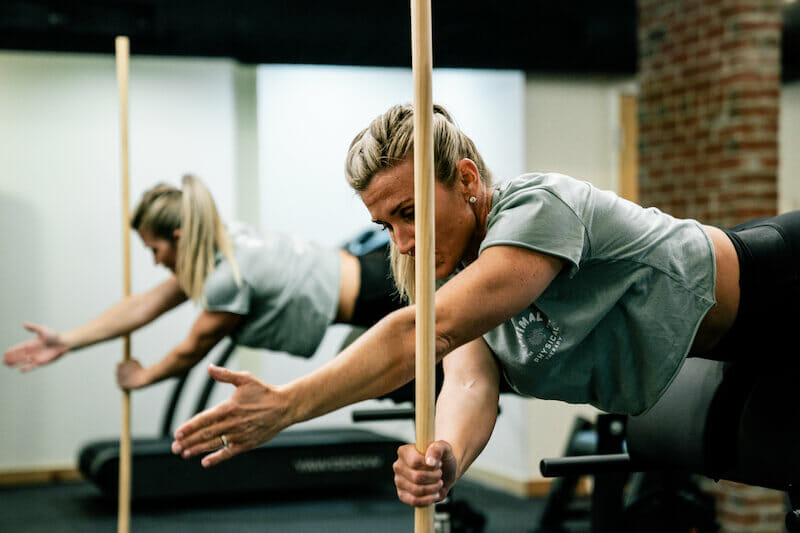Shoulder injuries in sports can create painful levels of discomfort and worry. Athletes do everything they can to avoid hurting themselves. Still, accidents happen.
Individuals need to keep an eye on their injuries to protect themselves in the future. Significant damage can impact the body, even after recovery.
Shoulder injuries are one of the most common problems in any sport. A shoulder is vulnerable to bending, bruising, and dislocating during vigorous activity. The experts at Primal Physical Therapy explain shoulder injuries and what you can do to protect yourself.
Shoulder Anatomy
The shoulder is the connection between the arm and the chest via the glenohumeral and acromioclavicular joints. We can move our arms and shoulders comfortably when the deltoid and rotator cuffs are healthy. The bursa protects the tendons and rotator cuff, so the shoulder avoids damage to the muscles and bone.
Other essential components of the shoulder include the head of the humerus on the upper arm bone and the labrum. These two features connect the bony end of the arm to the socket.
While shoulder anatomy is relatively simple in structure, a lot can go wrong. Swollen joints, a broken clavicle, and muscle tears can devastate your shoulder’s functionality.
Sports are valuable and enjoyable activities, but they can create high-risk environments for your shoulders and arms.
Most people do not realize how much they use their shoulders during regular movement. For athletes, the shoulder is essential for balance and performance. Getting familiar with shoulder anatomy is key to understanding shoulder injuries in sports.
Common Types of Sports Shoulder Injuries
While muscles and cartilage reinforce the shoulder, it is still vulnerable to damage. Athletes often find themselves twisting, falling, or lifting heavy objects. These activities can weaken the shoulder over time.
Stretching and muscle training are excellent ways to prevent injury. Still, the wrong move can cause damage to the shoulder.
Below is a list of some of the most common shoulder injuries in sports.
Bone Fractures

A bone fracture is one of the most straightforward shoulder injuries to identify. These injuries typically come from high-impact collisions with objects or people. Many bone fractures result from hard or awkward falls.
A broken collarbone or clavicle can cause significant pain in the athlete. It will also limit their ability to move and rotate their arm.
It is best to treat bone fractures as quickly as possible. Sharp edges in broken bones can damage shoulder muscles and ligaments more.
Depending on the severity, an athlete can recover from bone fractures in weeks to months. Setting the bone back in place and applying solutions to restrict movement will allow fractures to heal.
Despite a common misconception, no evidence suggests broken bones heal back stronger. Pay attention to the area after it recovers and avoid further stress or strain.
Rotator Cuff Injuries

The rotator cuff is essential for free movement of the shoulder. Individuals can typically identify a rotator cuff issue if they experience stiffness in their movement. They might also notice shoulder pain while sleeping on the involved side.
Rotator cuff injuries worsen with overhead activities, making this injury common in sports like swimming and gymnastics. Pitchers and tennis players also experience this injury due to their typical range of motion.
Acute injuries occur from small tears in the cuff. Athletes typically see a positive recovery within a week or two of rest. Chronic pain will likely persist for several weeks and may require medical intervention.
The most common rotator cuff injuries for athletes are rotator cuff tears or rotator cuff tendinitis.
Minor tears in the cuff are usually not a cause for concern because of the nature of the activity. A minor rotator cuff tear may only affect your range of motion. If the cuff is pinched hard during throwing, for example, then a tear is possible.
In contrast, major tears are more concerning since these injuries may damage surrounding muscles or structures, leading to stiffness and reduced motion. These tears are also more serious since they may cause a partial tearing or rupture of the cuff.
Major tears are more common in athletes and may affect other shoulder structures and muscles. If you experience a major tear, you should seek medical treatment sooner rather than later.
The SLAP Tear

A SLAP tear affects the labrum that protects the shoulder socket.
These injuries typically develop slowly over time due to repetitive movement. Many individuals complain of sensations of a click or pop with motion.s. Other times, it results in significant pain and loss of range of motion, such as baseball players with “dead arm,” or pain from throwing at the same speeds prior to the injury.
An athlete may experience the feeling of bone popping or weakness. Others may notice a decrease in flexibility and shoulder movement. Medical professionals categorize SLAP tears from Type I to Type VII, with Type II being further divided, each with a corresponding level of severity and treatment options.
Those who identify this injury early typically don’t require invasive surgery. Physical therapists may be able to treat these injuries quickly. However, more severe cases may need arthroscopic surgery to resolve.
Shoulder Instability
Shoulder instability usually results in discomfort or shoulder dislocation. Shoulder dislocation occurs when the ligaments and muscles fail to keep the humeral head connected to the shoulder joint. This injury can be uncomfortable for some or cause sharp, sudden pain to others.
Contact sports like martial arts and football are more likely to cause this type of injury. Body movements that pull or push can dislodge the arm from the shoulder joint.
A trained professional can apply shoulder reduction treatment to maneuver the shoulder back into place. Though this can be painful, this method treats the injury relatively quickly. For more severe cases, athletes may require surgery to reinforce the area.
General Strains, Sprains, and Bruising
Veteran athletes are no strangers to strains, sprains, and bruising. These shoulder injuries in sports occur from various actions and movements.
Sprains and bruising can heal quickly with rest and proper medication. However, these injuries can still weaken the shoulder. Strains occur from overworking or overextending your muscles’ capacity.
The best way to avoid these injuries is to stretch regularly before activity and understand your body’s limits. Training and medical treatment help strengthen the body to prevent or recover from these injuries.
Treating Shoulder Injuries with Physical Therapy

Properly treating a shoulder injury is crucial for getting back in the game. While some athletes recover quickly from their injuries, others may need extensive care. Physical therapy in Haverford, PA is an excellent way to treat shoulder injuries and strengthen the body.
Many athletes take advantage of dozens of physical therapy methods to keep their bodies healthy. These treatment options can help in the following areas:
- Balance correction
- Mobility improvement
- Muscle strengthening
- Pain reduction
- Joint and ligament strengthening
- Spine correction
- Stress management
- Tension relief
Physical therapy can benefit everyone who suffers from shoulder pain. If you struggle with any of the above shoulder injuries, speak to a wellness professional about how physical therapy can help you.
Related: Evidence-Based Post Surgical Rehabilitation Protocols for Shoulder Injuries in Athletes
Let Us Help You Ease Shoulder Pain
Primal Physical Therapy is a company that values patients’ well-being. Whether you suffer from sports injuries or chronic pain, we can treat you with a range of safe and effective treatments. Our qualified professionals make therapy comfortable so you can confidently restore your health.
You can potentially avoid painkillers and invasive surgeries by trusting our proven techniques. We specialize in sports injuries in Bryn Mawr, PA, and partner with the US Field Hockey Team and individuals from the NFL.
Many of our physical therapists are active in sports, so we can often relate to your situation. Why wait to get the proper pain reduction and care you need? You can schedule a consultation to explore some of the best treatment options for you.
Contact Primal Physical Therapy today to learn more about shoulder injuries in sports. You can reach our Bryn Mawr, PA, office by calling (267) 354-0133.
Sources:
Anatomy of the Human Shoulder Joint (verywellhealth.com)
Does a Broken Bone Become Stronger After It Heals? – The New York Times (nytimes.com)
Rotator Cuff Injury | Johns Hopkins Medicine
SLAP Lesion – Physiopedia (physio-pedia.com)
Dislocated shoulder – Diagnosis and treatment – Mayo Clinic